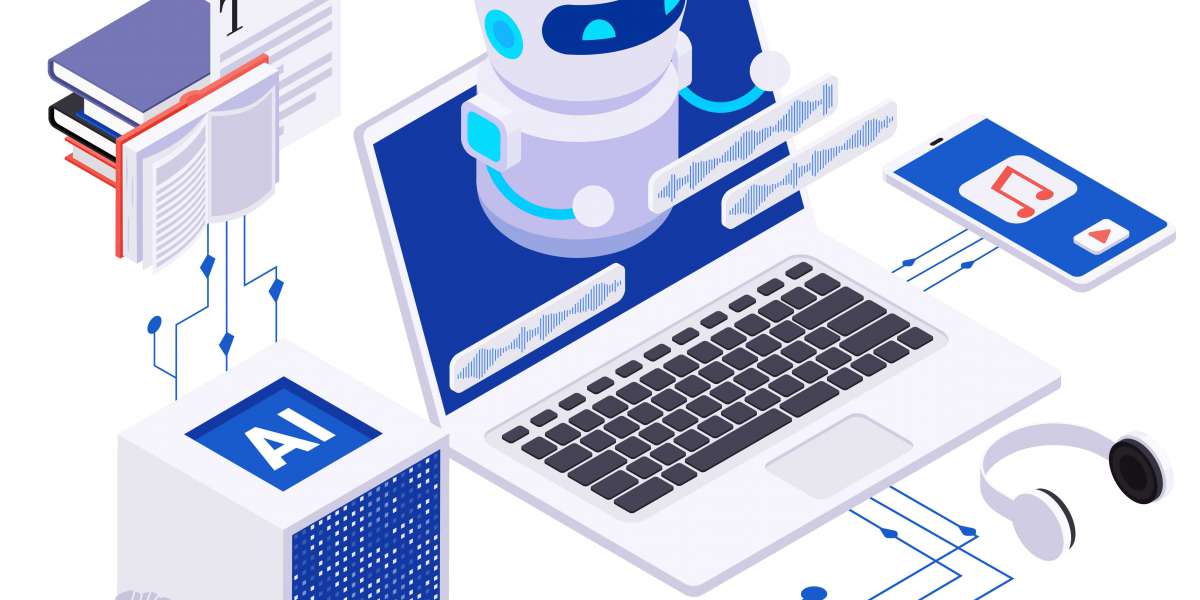In today's fast-paced digital landscape, where data is generated at an unprecedented rate, the ability to process information in real time has become a game-changer. This is where real-time machine learning steps in, revolutionizing industries and applications by enabling quick and data-driven decisions. In this article, we will delve into the world of real-time machine learning, exploring its applications, challenges, and implementation strategies.
Understanding Real-Time Machine Learning
Real-time machine learning refers to the integration of machine learning techniques into systems that process data and make predictions instantaneously, often within milliseconds. Traditional batch processing involves analyzing data in predefined intervals, but real-time machine learning operates on the data as it arrives, allowing organizations to respond swiftly to changing conditions.
Applications of Real-Time Machine Learning
Fraud Detection and Prevention: In the financial sector, real-time machine learning is a powerful tool for detecting fraudulent activities. By analyzing transaction patterns and comparing them with historical data, systems can flag suspicious transactions and prevent fraud in real time, reducing financial losses.
E-Commerce and Personalization: Online retailers use real-time machine learning to enhance user experiences. By analyzing browsing behaviors, purchase histories, and even mouse movements, e-commerce platforms can offer personalized product recommendations and targeted advertisements to users in real time.
Healthcare Monitoring: Real-time machine learning plays a critical role in healthcare, where patient monitoring generates continuous streams of data. By analyzing vital signs and other health metrics, healthcare providers can detect anomalies and respond to critical situations promptly, potentially saving lives.
Manufacturing and Predictive Maintenance: In manufacturing, sensors gather data from machinery on the factory floor. Real-time machine learning algorithms can analyze this data to predict equipment failures and maintenance needs, reducing downtime and optimizing production processes.
Autonomous Vehicles: The automotive industry relies on real-time machine learning for self-driving cars. These vehicles use sensors and cameras to make split-second decisions, such as recognizing road signs, pedestrians, and obstacles, all while ensuring passenger safety.
Challenges of Real-Time Machine Learning
While the benefits are clear, implementing real-time machine learning solutions come with its set of challenges:
Latency: Real-time processing requires ultra-low latency. Algorithms must be efficient and lightweight to make predictions within milliseconds, ensuring timely responses.
Data Volume: Handling high-velocity data streams can overwhelm systems. Efficient data ingestion, storage, and preprocessing techniques are essential to manage the constant influx of information.
Model Complexity: Real-time machine learning models often need to be simplified to ensure rapid execution. Striking a balance between model complexity and accuracy is crucial.
Scalability: As data rates increase, the system should be able to scale horizontally to accommodate the growing demand for real-time predictions.
Implementing Real-Time Machine Learning
Data Collection and Ingestion: Design a data pipeline that efficiently collects and ingests real-time data. This can involve using tools like Apache Kafka or AWS Kinesis to manage high-velocity data streams.
Feature Engineering: Develop features that capture relevant information from the incoming data. These features will feed into the real-time machine learning model for predictions.
Model Selection: Choose models that strike the right balance between accuracy and speed. Lighter models like decision trees or linear models might be more suitable for real-time applications.
Model Deployment: Implement the chosen model within a real-time processing framework, such as Apache Flink or Apache Storm. Ensure that the deployment environment can handle the required throughput.
Monitoring and Maintenance: Regularly monitor model performance and system health. Implement mechanisms for retraining or updating models as new data arrives.
Conclusion
Real-time machine learning services is transforming industries by providing actionable insights and predictions on the fly. From finance to healthcare, manufacturing to autonomous vehicles, the applications are vast and impactful. While challenges like latency and scalability persist, advances in technology and algorithm design are continuously addressing these hurdles. As data continues to flow at unprecedented rates, the ability to harness real-time machine learning will define an organization's competitive edge in a data-driven world.








